The renowned British artist John Stezaker Known for his idiosyncratic approach t photography through collage and his manipulation of secondary source photographs (as I will attempt to draw keen inspiration from throughout this project).
Stezaker is best known and most acclaimed for his remarkable ability to re-contextualise and mold recognisable images to fit his specific and surreal artistic vision.
Stezaker’s work is cryptic and obscure, he is often challenging the viewers perception of passing time, identity and memory, and effect I am hoping to recreate throughout my personal photography and photomontage, Stezaker’s artistic expression is tightly connected and inspired by the surrealist movement; in specific his interest narrows into the unconscious, juxtaposition and subversions of reality.
Stezaker was born in 1948 in post world-war two England, this in particular has a notably strong impact on the photography he later went on to produce as British society was undergoing significant social and cultural changes throughout Stezaker’s younger years that would motivate and inform his interest in the intersection of history, memory and identity.
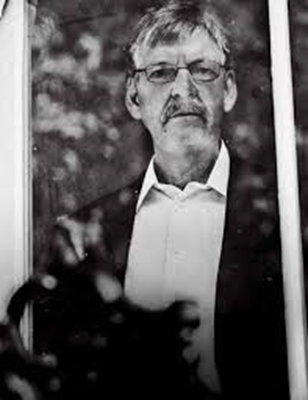
Interestingly Stezaker’s early education was primarily focused on the fine arts, which in turn created the groundwork for his later incredibly successful career in photography and collage.
Stezaker studied in one of the most esteemed art schools in the United Kingdom, Slade school of fine art In London which is known for its emphasis on conceptual thinking and building fundamental and refined fine art techniques in order to build and strong technical foundation in drawing, painting , here he competed an undergraduate degree in the late 1960’s, although he carried this fundamental fine art technique and refinement throughout his lifetime, his later artworks and take a unexpected experimental turn n collage and photography, this unusual approach is what I find most intriguing when using Stezaker as a key inspiration for my photography.
In the 1970’s Stezaker became increasing interested in the avant-garde movement of the 20th century including both Dadaism( a movement in art and literature based on deliberate irrationality and negation of traditional artistic values) and surrealism(a style in art and literature in which ideas, images and objects are combined in a strange way, like in a dream), this sparked an interest in the unconscious mind, dreams and the irrational which fuelled Stezaker as he began his mission to construct and re-imagine images from popular culture and history in his own work.
To imitate this in a way that is personal to me and my project I will be using personal childhood photographs instead of popular culture to represent personal history and bonds instead of worldly history.
Stezakers artistic practice uses careful and deliberate cutting layering and juxtaposition of photographs, many of which were found in post cards, film stills and old portraits photographs. These re-crafted and original images often included obscured or fragmented faces which create eerie compositions that delicately combine the human form with natural landscapes and architecture or other obscure and seemingly random yet specifically chosen elements. This approach produced compelling and disconcerting photographs that create mystery and evoke depth of thought and questioning regarding the human experience.
In stezakers ‘portraits’ series he cuts and rearranges old photographs that are both alien and familiar.
Stezaker is also known for his “mask series” which he began in the late 1990s and is a significant body of work where Stezaker focuses on faces often obscuring the eyes or mouth in order to disrupt recognisable identity and highlights that personal identity is shaped by external elements and inferring that the face is both a window and mask to the self by obscuring the face he draws attention to how it effects our perception of a person.
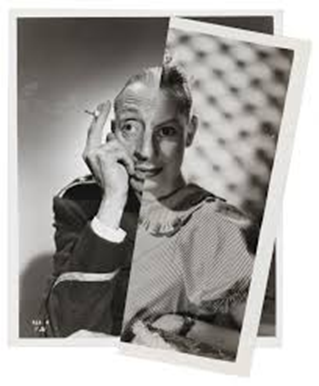
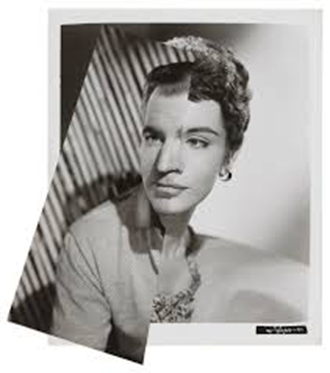
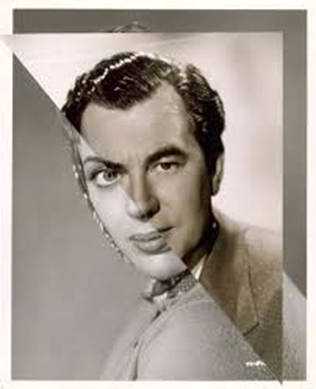
In another series “Movie Star” (1970s-1990s) Stezaker began experimenting with overlaying portraits of glamorous actors like Greta Garbo and Cary Grant from old vintage films with landscapes or other images to partially obscure or combine the faces of the actors, this created a disorientating effect by disrupting the viewers perception of both the recognisable Hollywood actor by calling attention to the tension between the public and private identities, fame and anonymity and the fabricated nature of the media image, and the landscape (a representation of the world around us).Stezaker defamiliarizes iconic images, in order to create new meaning and emotional depth.
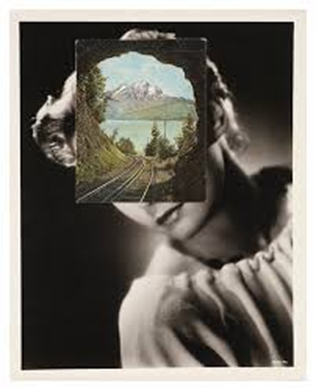
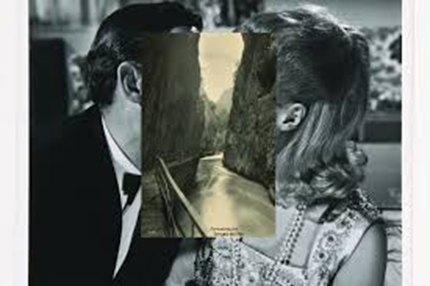
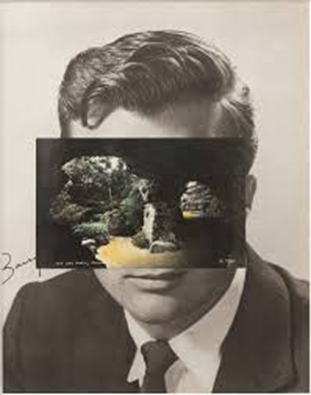
As Stezaker began to shift away from traditional media he began to engage with photography as an artistic medium both technically as discussed above but also conceptually, he began to recognise the power art and photography has on public opinion and politics and that cultural and historical artifacts could be repurposed to create new meanings.
Stezaker decided to work with secondary source images in particular post cards, film stills, and portrait photographs pronounced his direct departure from conventional and traditional artist values and practices, this indicates his infatuation with the role of photography as not on a form of recording and capturing reality but as a malleable medium that he could shape to capture his mind and his self-expression.
This explains the philosophical underpinning of Stezaker’s work as he often engaged with the ideas of Jacques Derrida ((1930–2004) was the founder of “deconstruction,” a way of criticizing not only both literary and philosophical texts but also political institutions.), Sigmund Freud ((1856-1939)known as the father of psychoanalysis and one of the most influential figures in psychology with theory’s about the unconscious mind, childhood experience, defence mechanisms and human behaviour that shaped modern psychology, literature and in this case art.) and Michel Foucault((1926-1984) a French historian and philosopher best known for his analysis of power, knowledge and discourse. He was critical of power and led to the concept of ‘disciplinary power’, which examines how institutions exert control over individual’s trough disciplinary practices). He creates rich and multilayered works that follow his fascination with identity and memory as he explores broader existential questions about the unknown and known self its interconnection with the presented external image and representations.
Stezaker uses collage as a metaphor for an individual’s fragmented identity that reflects the convoluted ways in which people begin to understand themselves on an introspective and deeper level and how people perceive others in shallow and presumptuous ways through the media and how perception of others can infect the understanding of the self.
In addition Stezaker used portraits intentionally as portrait is one of the most personal types of photography, it captures the human identity and memory, by altering and reshaping these portraits Stezaker’s emphasises the fragility of a person’s identity, the ever moving passage of time and how memory can be distorted changed and reconstructed through physical and surface level alteration.
Throughout Stezakers career he gained significant recognition, his work was exhibited in major galleries and museums across the world like the Whitechapel Gallery in London, the Tate Britain, and the British Museum. His individual approach to photography and collage earnt him a title as one of the most important contemporary artists working within the medium because of this in 2011, Stezaker was honoured with the Deutsche Brose Photography Prize, which is one of the most prestigious awards in contemporary photography, his work has an incredible capacity to evoke memory, identity and emotion, his mind enriching and thought provoking work continues to resonate with themes involving the fragmented self, the uncanny and the nature of visual culture as well as inspire important conversations about the nature of visual representation and the power of transformation.
In conclusion John Stezaker’s background (his extensive education, his vulnerability to the zeitgeist of the time and his evolving artistic vision) played a decisive role in shaping his approach to collage and photography. He draws evident inspiration from the avant-garde movements in particular surrealism he uses photography to explore themes of identity, memory and the passage of time.
Stezaker created a unique niche in contemporary art, his work continues to challenge traditional notions of portraiture and image distortion that invites the viewer to properly consider how images shape our understanding of the world around us
